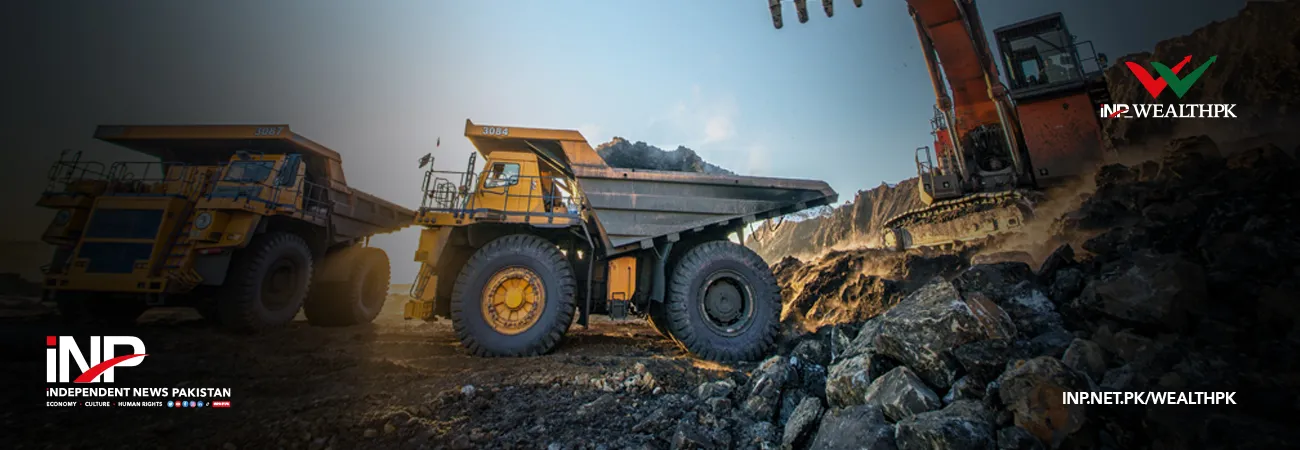INP-WealthPk
Faiza Tehseen
The mineral riches of the Balochistan province need to be explored and exploited to give a fillip to the region’s otherwise poor economy and improve the lot of residents. “The geological mapping in Balochistan has already been done, and further progress is direly needed to start the mining operations there to make the province’s mineral sector sustainable,” emphasised Muhammad Yaqub Shah, a principal geologist at an Islamabad-based mining company. Talking to WealthPK, he said Balochistan was rich in a variety of minerals like copper, gold, coal, lead and zinc. “These minerals need to be fully tapped to attract investments, generate job opportunities and revenues.” Yaqub said many large, medium and small mineral prospects had been identified in the province. However, he said most of these prospects needed a systematic and detailed geoscientific investigation, appraisal, value addition planning and marketing strategy. He said potential assessment, prospecting and reserve establishment had to be carried out before starting the mining activity. “First, if any prospect occurs during mapping, a detailed study is carried out then.
Mapping shows the exact number and types of prospects. If more than one or a multitude of prospects are discovered, they are then categorised according to priority. Standards for further work are set according to it.” He said after setting the priorities, more detailed work takes place, including trenching, drilling and prospect evaluation (prospect quantity at the place, type, grade and number of existing reserves). “The next stage is the feasibility study. It includes different estimates like mining design, type of mining (surface or underground), processing, mining, cost, earning and profitability, royalty payment, requirement of power and its source, type of equipment, and a few other things. When all the estimates prove profitable, then mining starts at last,” he explained. Yaqub said the Geological Survey of Pakistan (GSP), which is headquartered in Quetta, the province’s capital city, had mapped a vast area with minerals/metals prospects in Balochistan. He said the Colombo Plan also proved supportive of mapping and exploration efforts performed in the province.
According to the plan, foreign geologists visited Pakistan and trained the GSP officials, and their governments also provided the necessary funds for exploration work, he added. Explaining the Colombo Plan, he said it aimed to carry out economic and social development in Asia and the Pacific. “It was conceived at the Commonwealth Conference in 1950 and was officially launched in 1951.” He said the plan helped find out prospects in the province, and led to the start of practical work on them, including copper deposits in Saindak, and lead, zinc, fluoride and marble deposits in Duddar. Besides, he said chromite was explored in Muslim Bagh, iron in Nokundi and sulphur in Koh-i-Sultan. Concluding the discussion, the mining expert said further work on all the mapped-out sites should be started on a scientific basis. He added that a lot of minerals from Balochistan were in high demand abroad. He said export of these value-added products can increase the foreign exchange reserves of the country. He claimed that the estimated mineral reserves in Balochistan were worth $1 trillion.
Credit: INP-WealthPk













